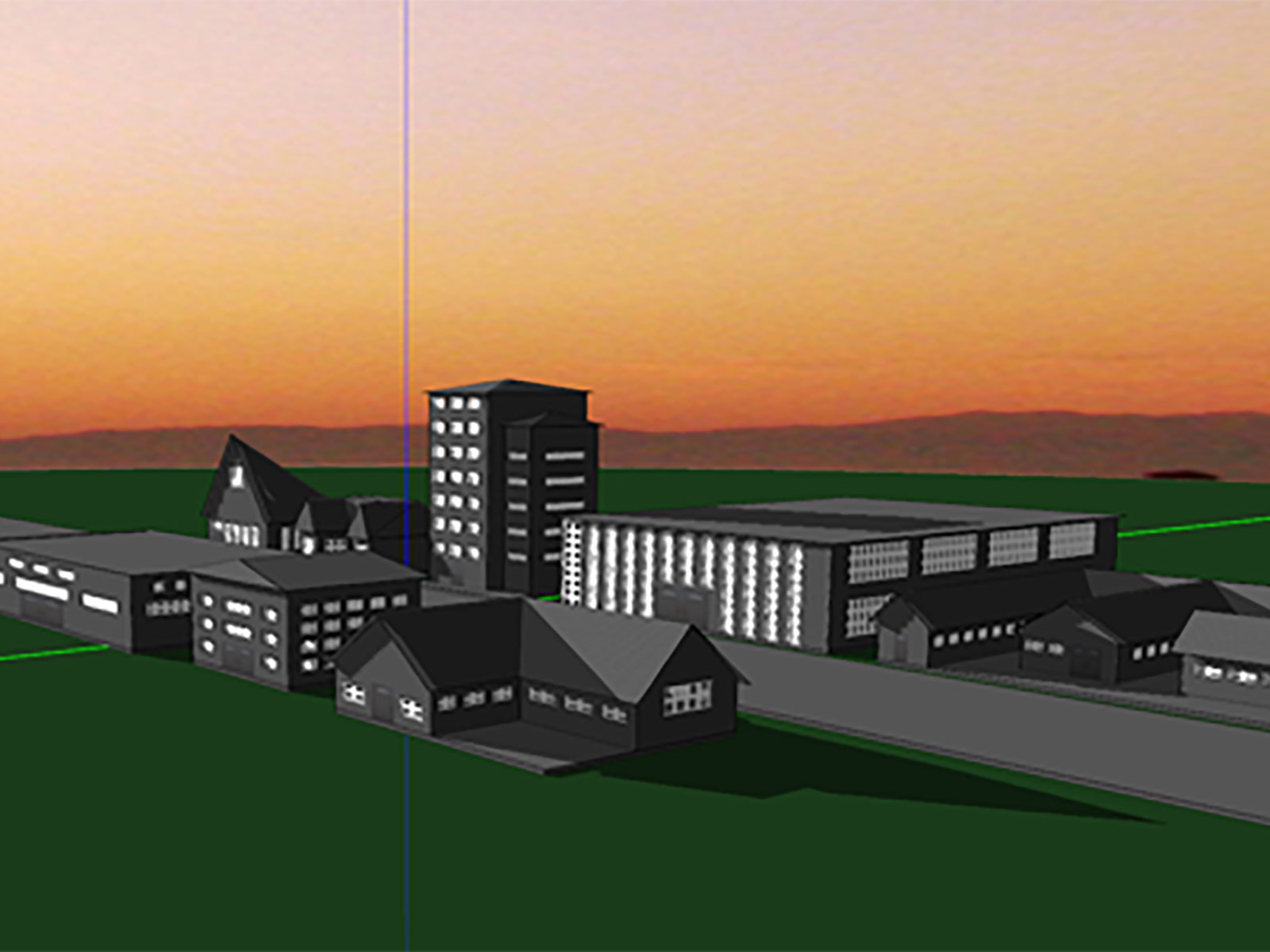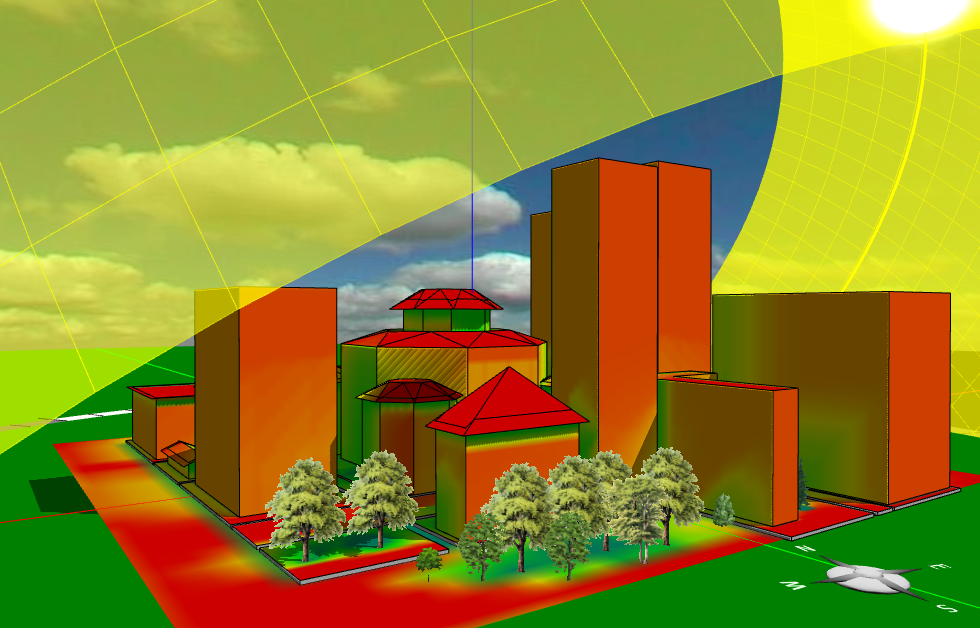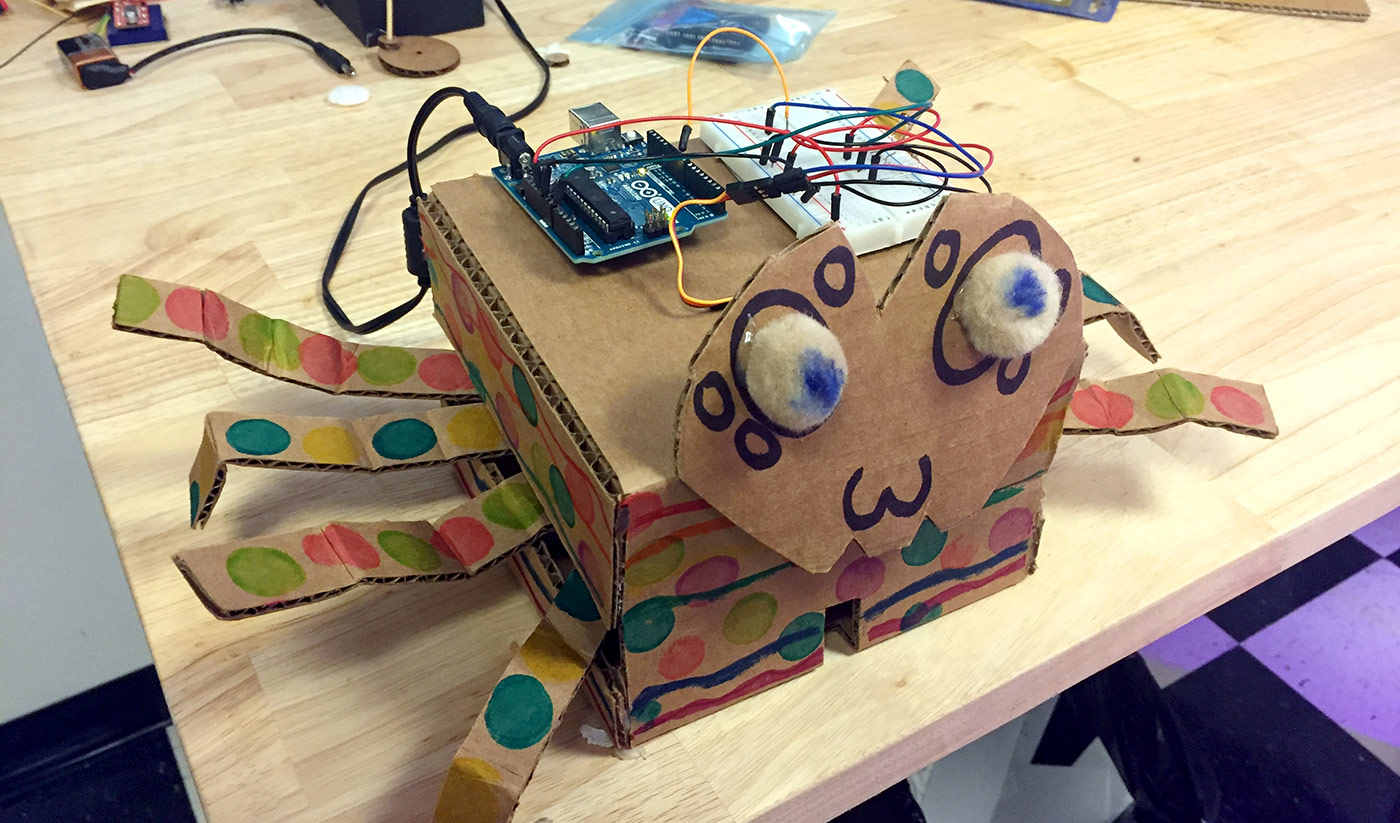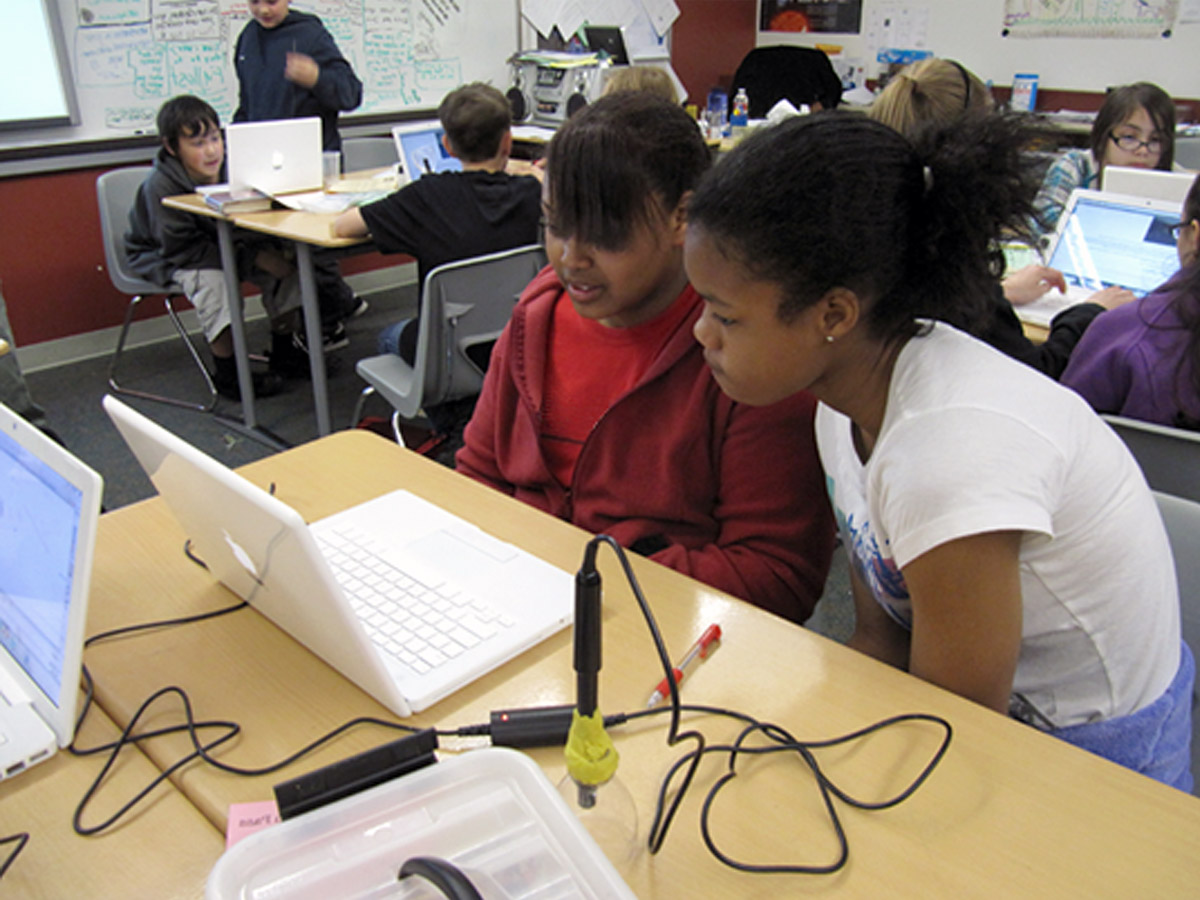SmartCAD
Importance
The integration of engineering design and science learning is rife with challenges. Science concepts are often far more obscure than other design variables such as price, shape, or aesthetics. The ability to apply a science concept to improve a design rests not only on understanding the concept, but also understanding its interplay with all the other science or non-science concepts that may affect the system. The latter understanding is a prerequisite to core engineering practices such as satisfying multiple criteria and making tradeoffs.
SmartCAD: Guiding Engineering Design with Science Simulations is developing a computer-aided design (CAD) system capable of automatically generating formative feedback to guide students through complex engineering design based on analyzing design artifacts computationally. With the University of Virginia and Purdue University, we’re studying the validity and reliability of this intelligent system in supporting the learning and teaching of engineering design.
We’re conducting design-based research on SmartCAD, a computer-aided design system that supports secondary science and engineering students with three embedded computational engines capable of simulating the mechanical, thermal, and solar performance of the built environment. These engines allow SmartCAD to analyze student design artifacts on a scientific basis and provide automatic formative feedback in numbers, graphs, and visualizations to guide student design processes on an ongoing basis.
We’re developing three curriculum modules based on the Learning by Design (LBD) Framework to support three design challenges: Solar Farms, Green Homes, and Quake-Proof Bridges. This integration of SmartCAD and LBD will situate the research in the LBD context and shed light on how SmartCAD can be used to enhance established pedagogical models such as LBD. The research will be carried out in Indiana, Massachusetts, and Virginia, involving more than 2,000 secondary students at a number of socioeconomically diverse schools.
Research
We’re investigating how formative feedback can be automatically composed from the results of computational analysis of student design artifacts supported in SmartCAD and used to guide student design in a scientific direction.
Publications
- Massicotte, J., Huang, X., & Sereiviene, E. (2020). Invitation to the future of energy education. @Concord, 24(1), 12–13.
- Schimpf, C. (2019). Automating detection of engineering design practices in energy3d: Integrating human and machine intelligence. @Concord, 23(2), 8-9.
- Xie, C. (2017). Artificial intelligence research for engineering design. @Concord, 21(1), 4-6.
- Xie, C. (2016). Learning to build a sustainable world. @Concord, 20(2), 4-6.
- Xie, C. (2015). Visual process analytics. @Concord, 19(2), 4-6.







